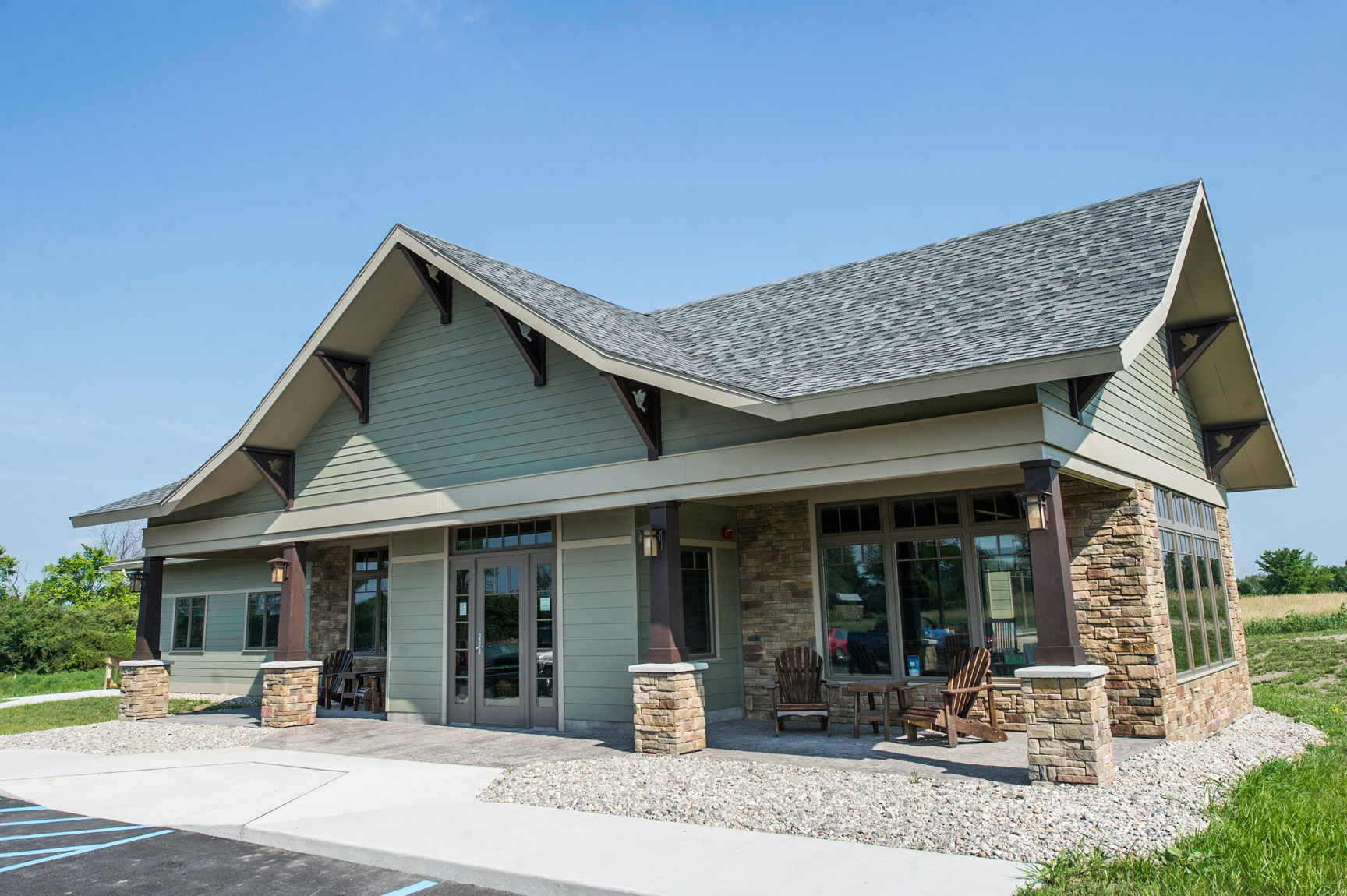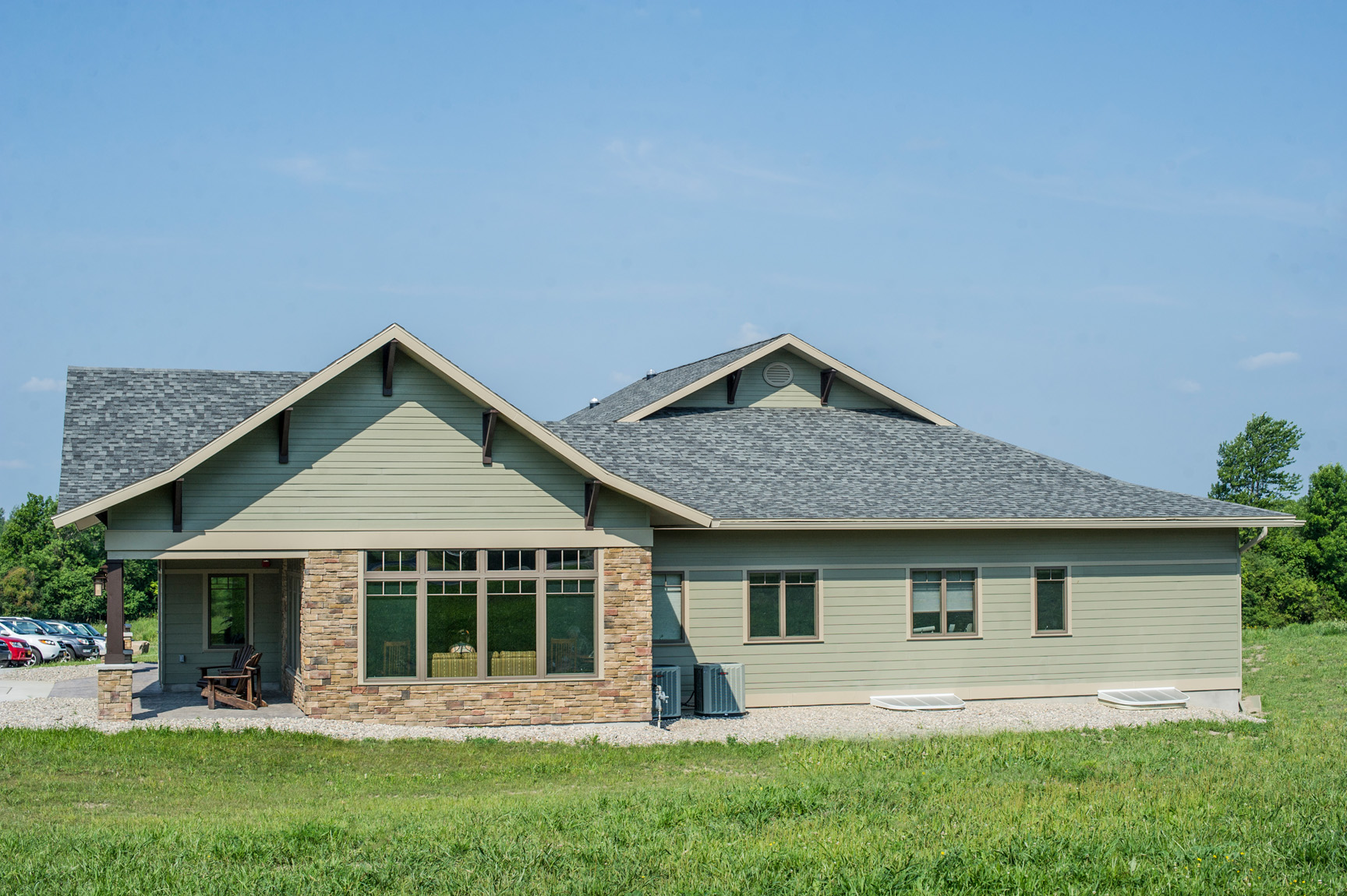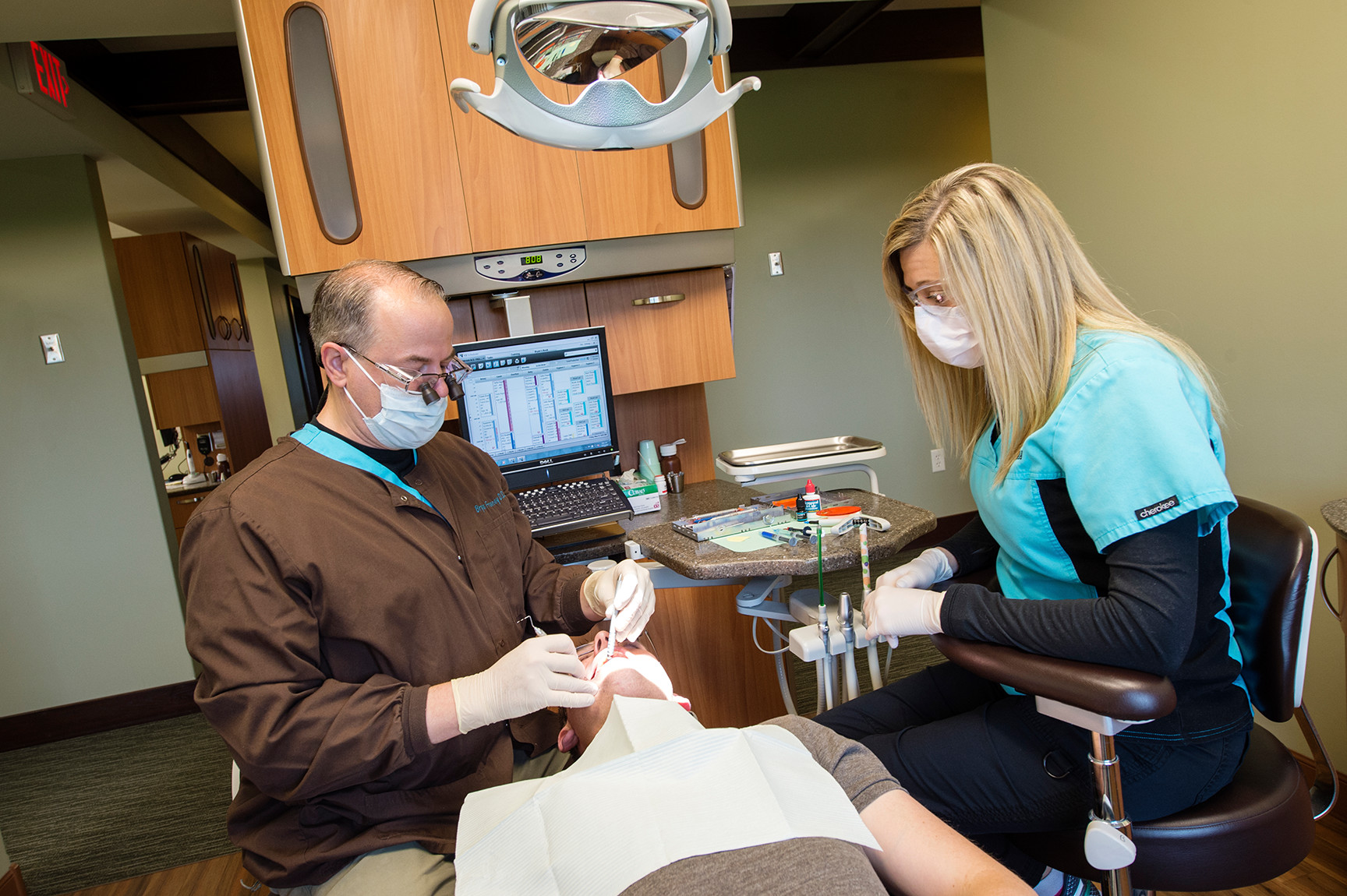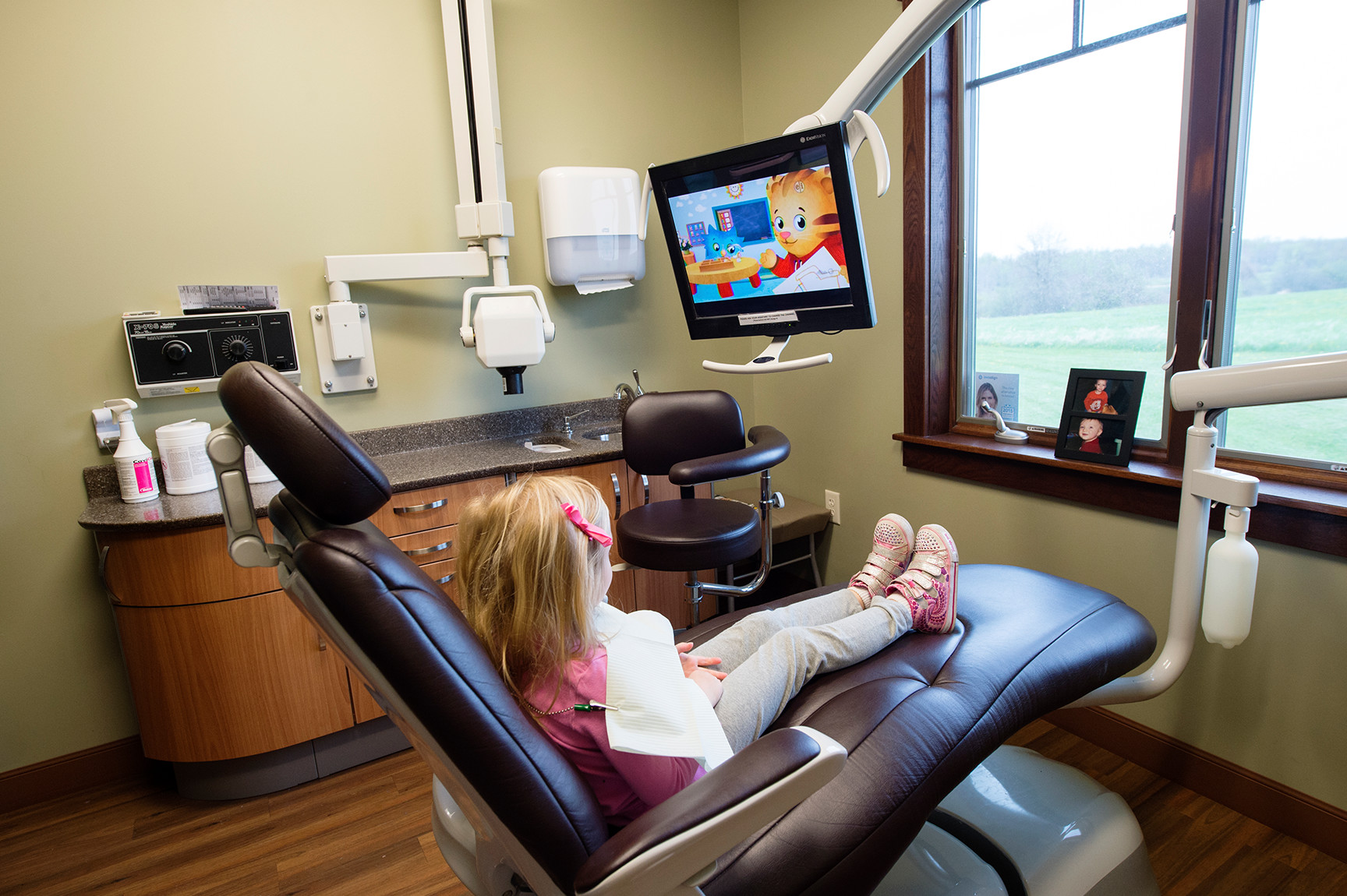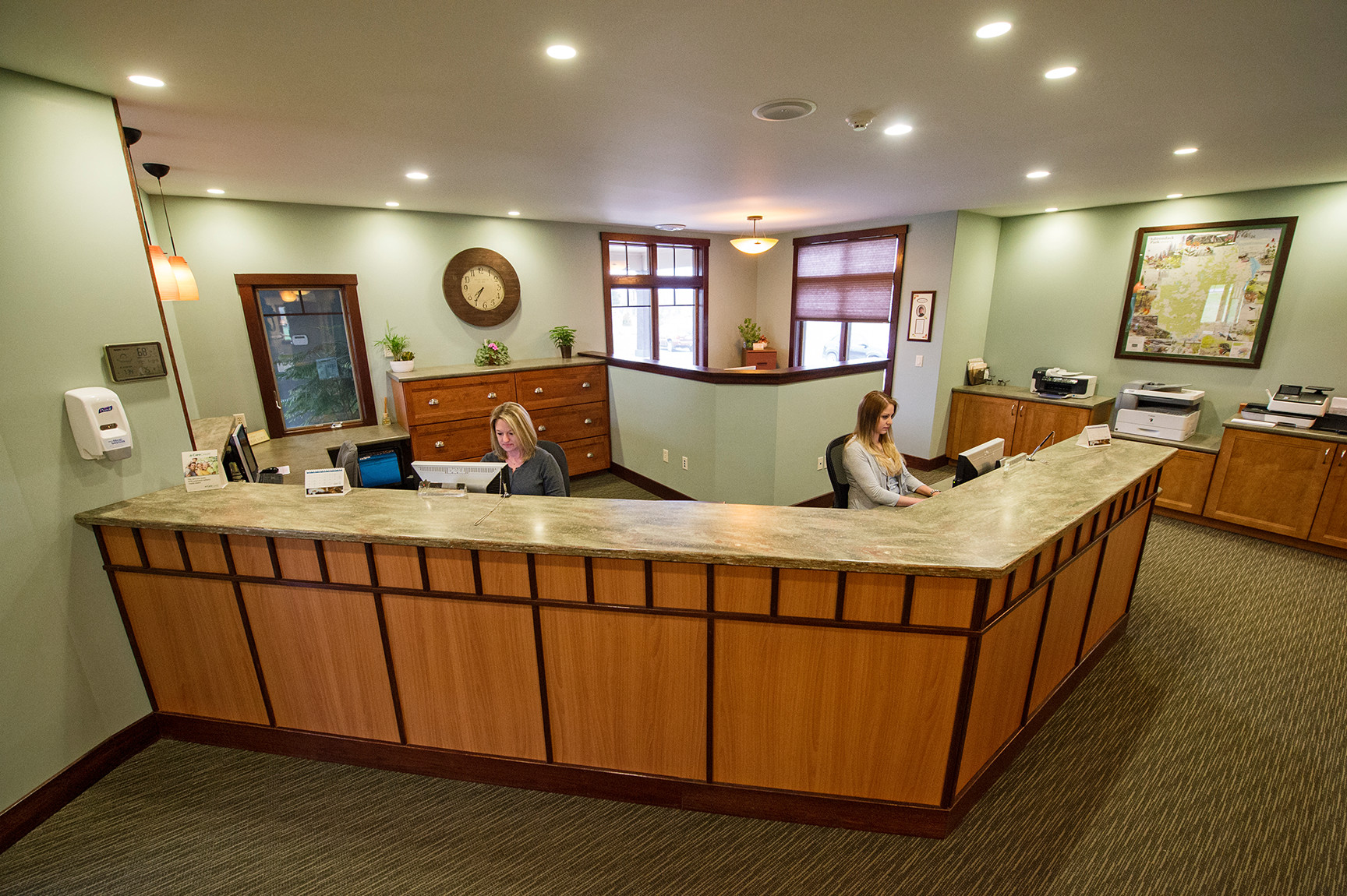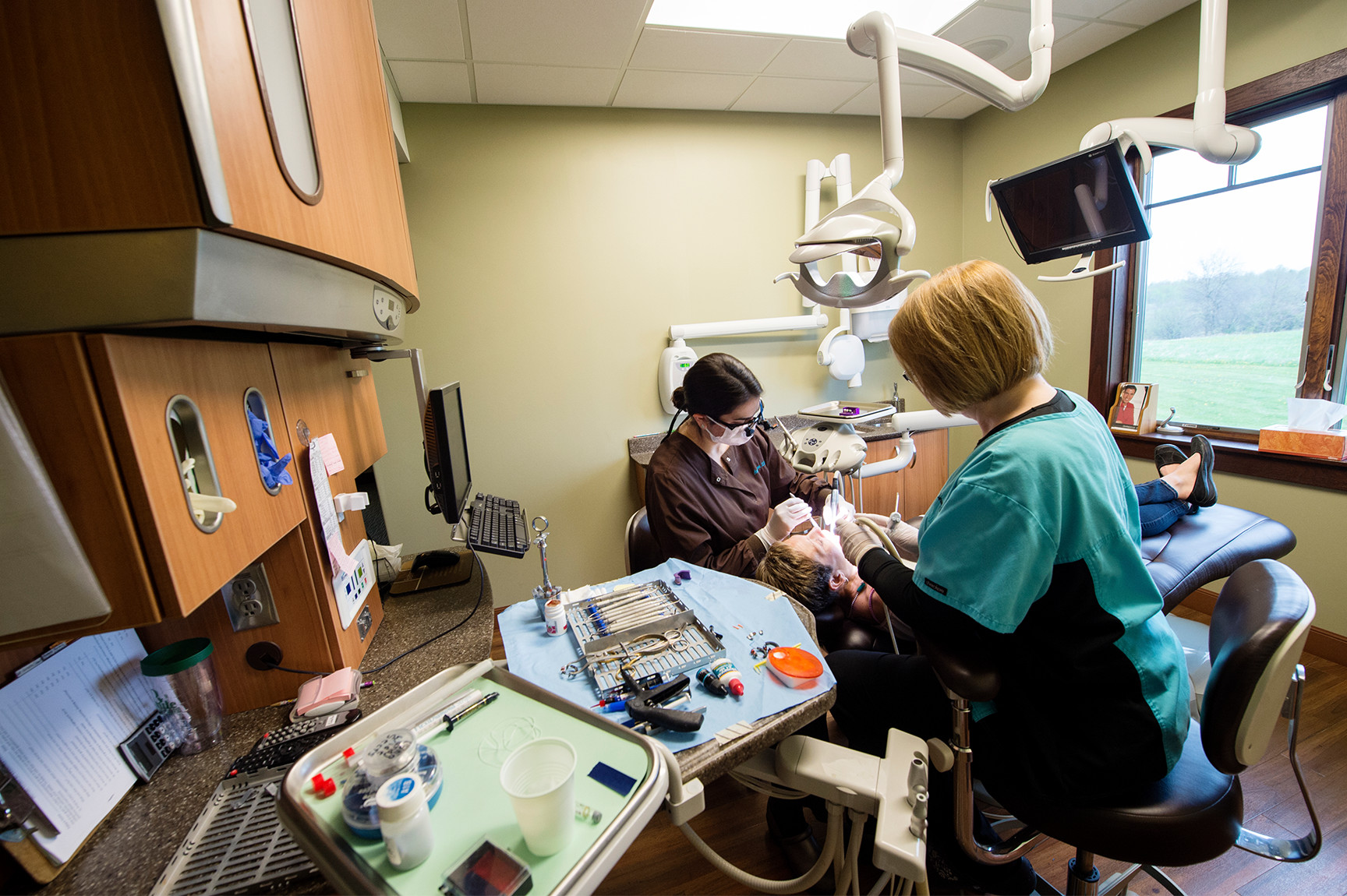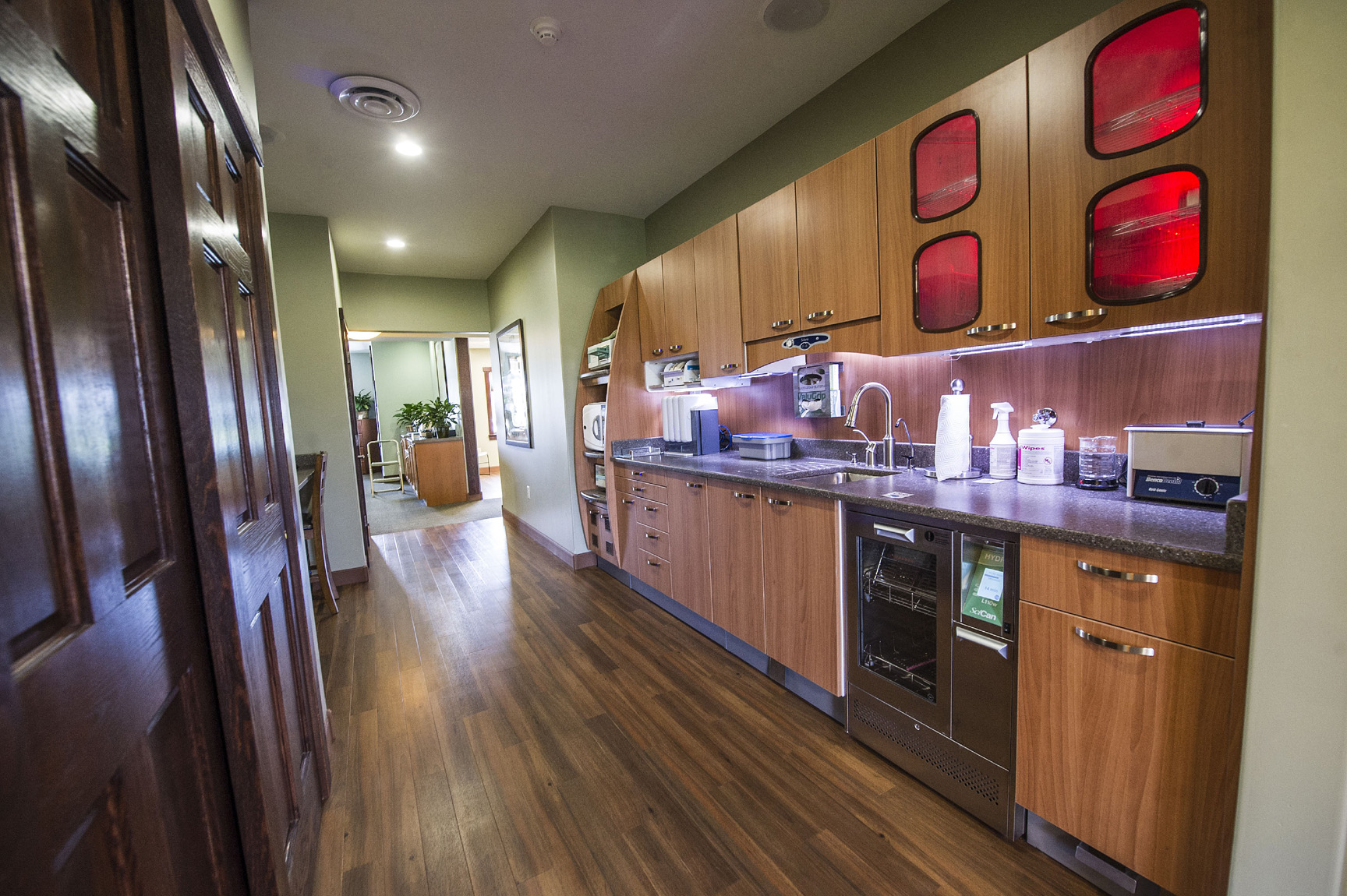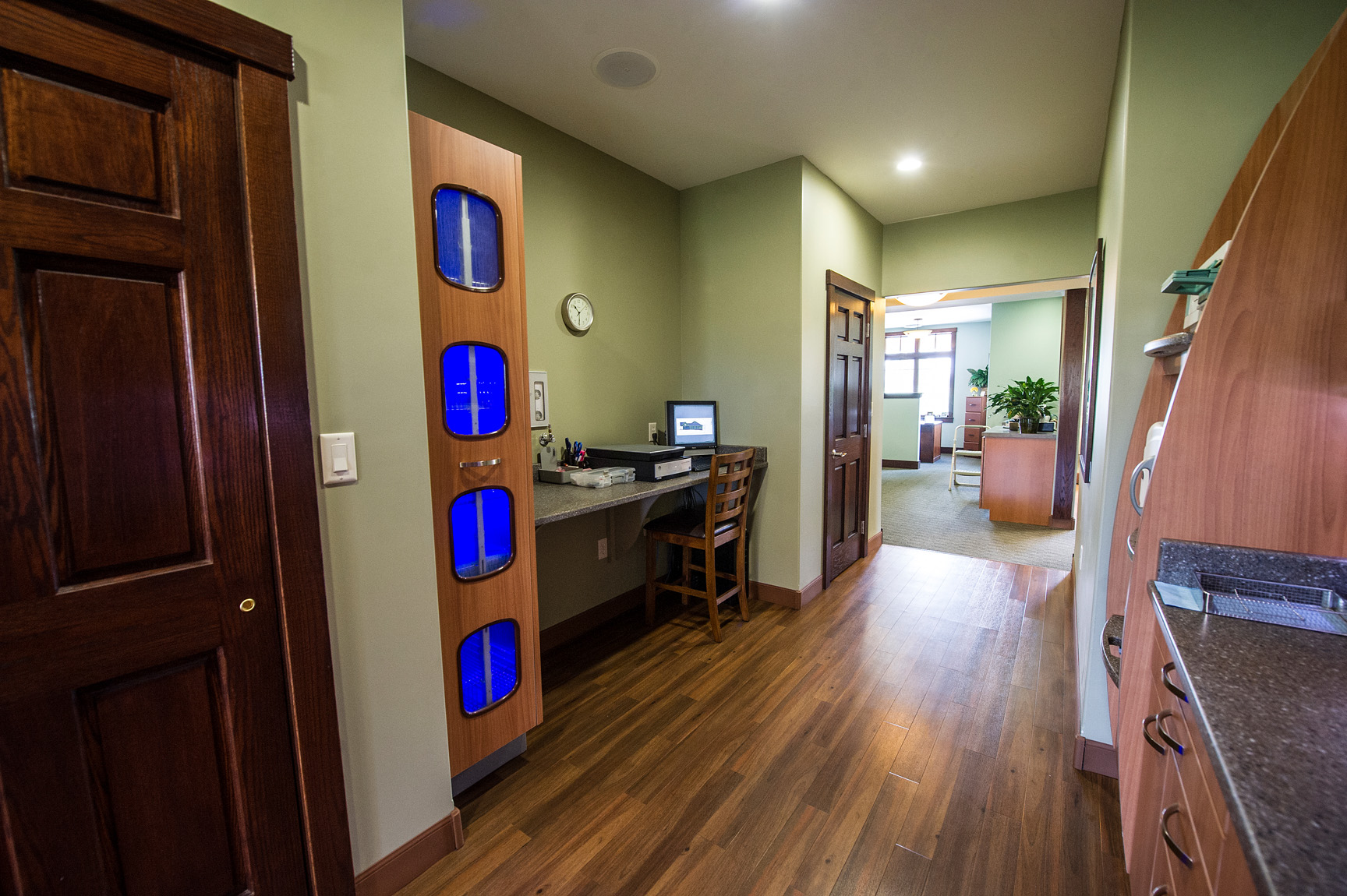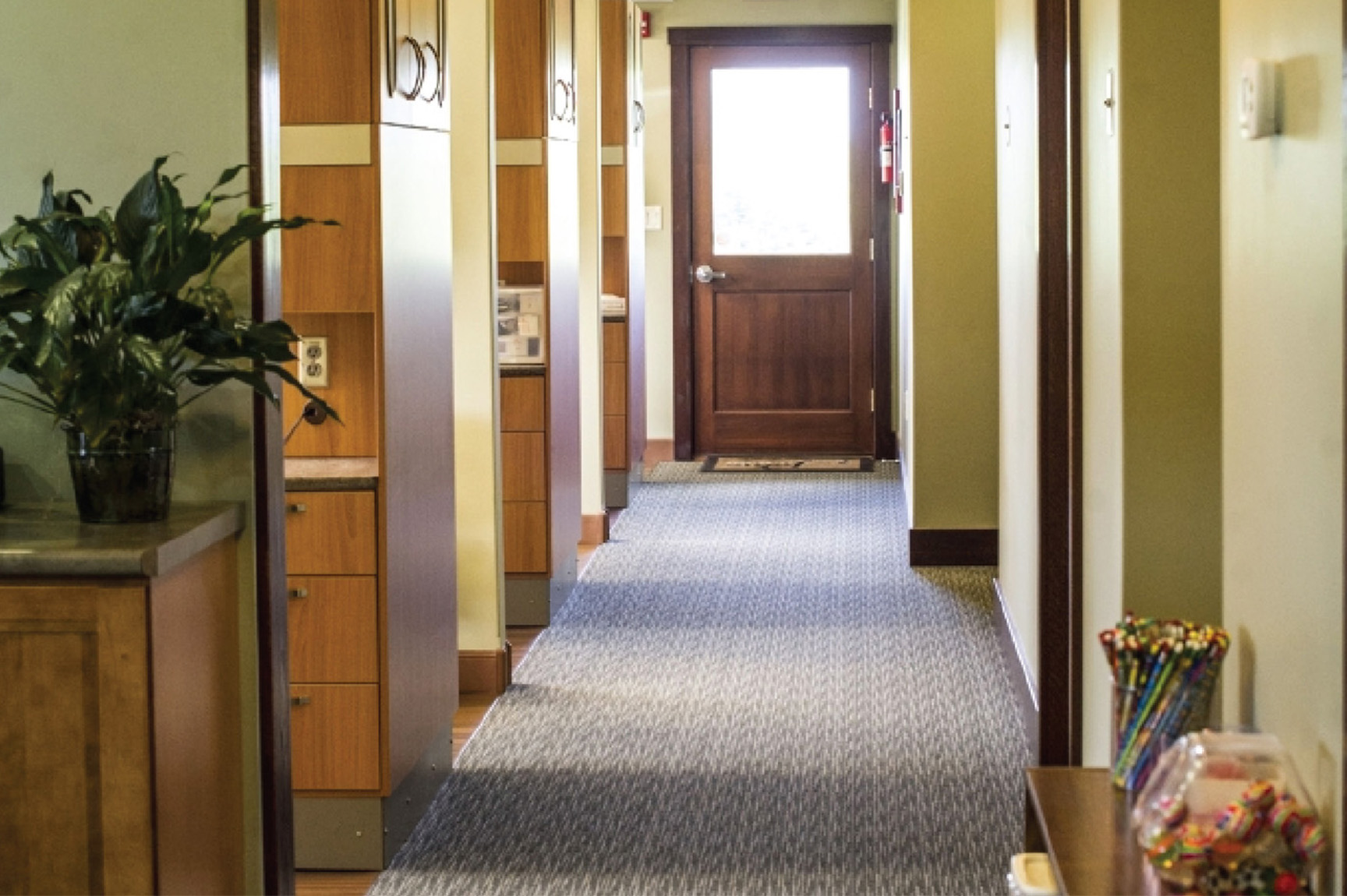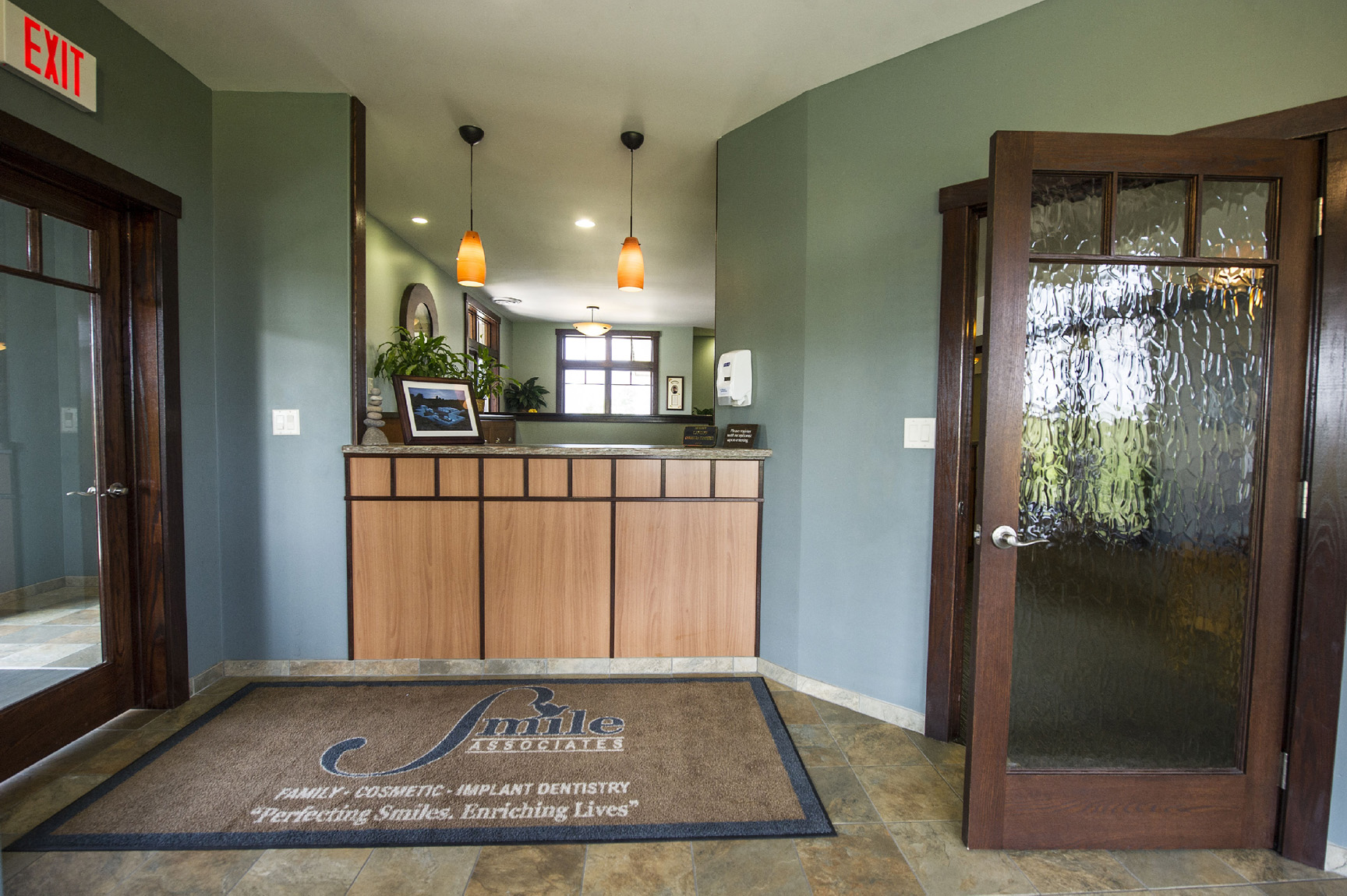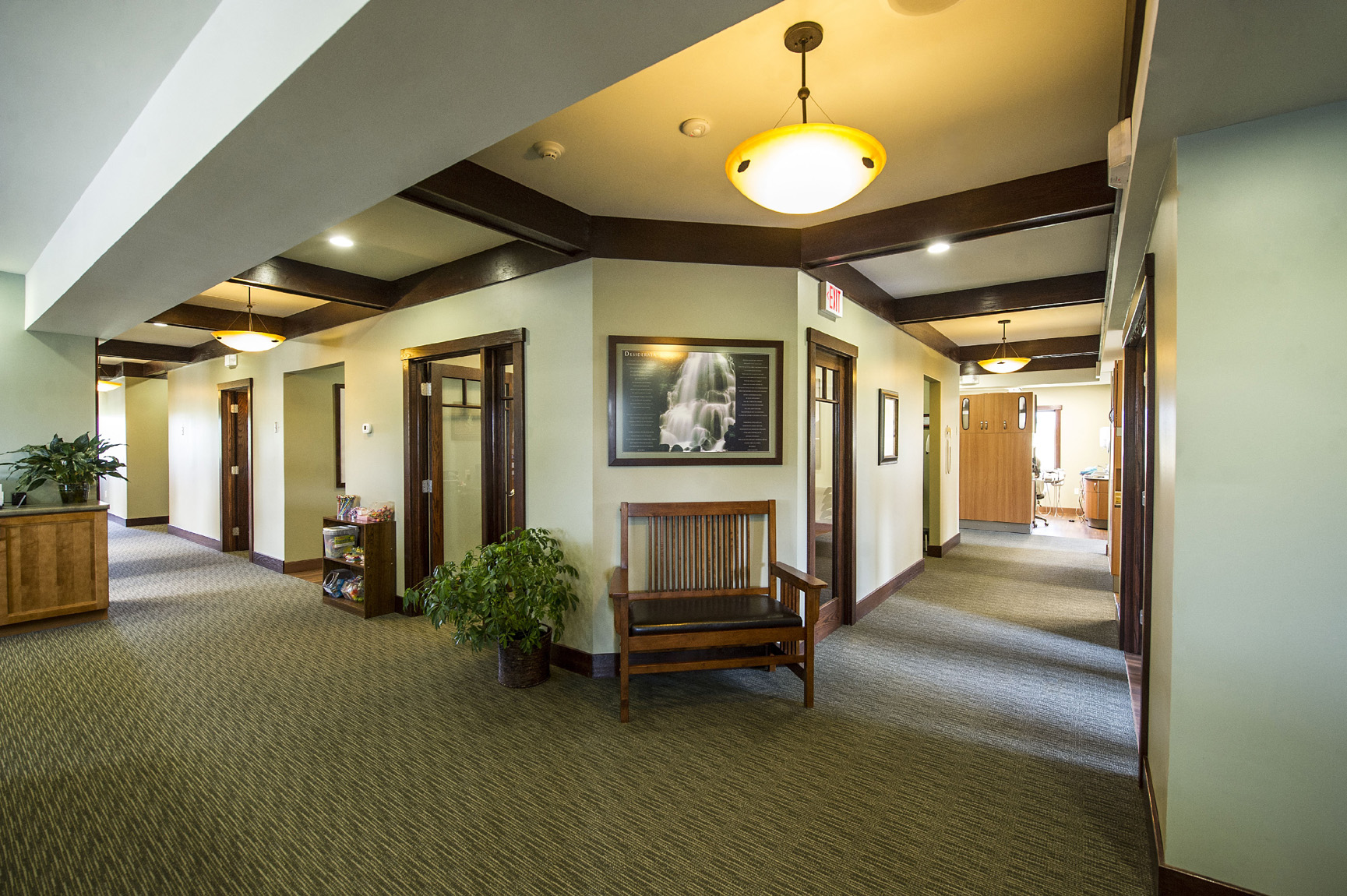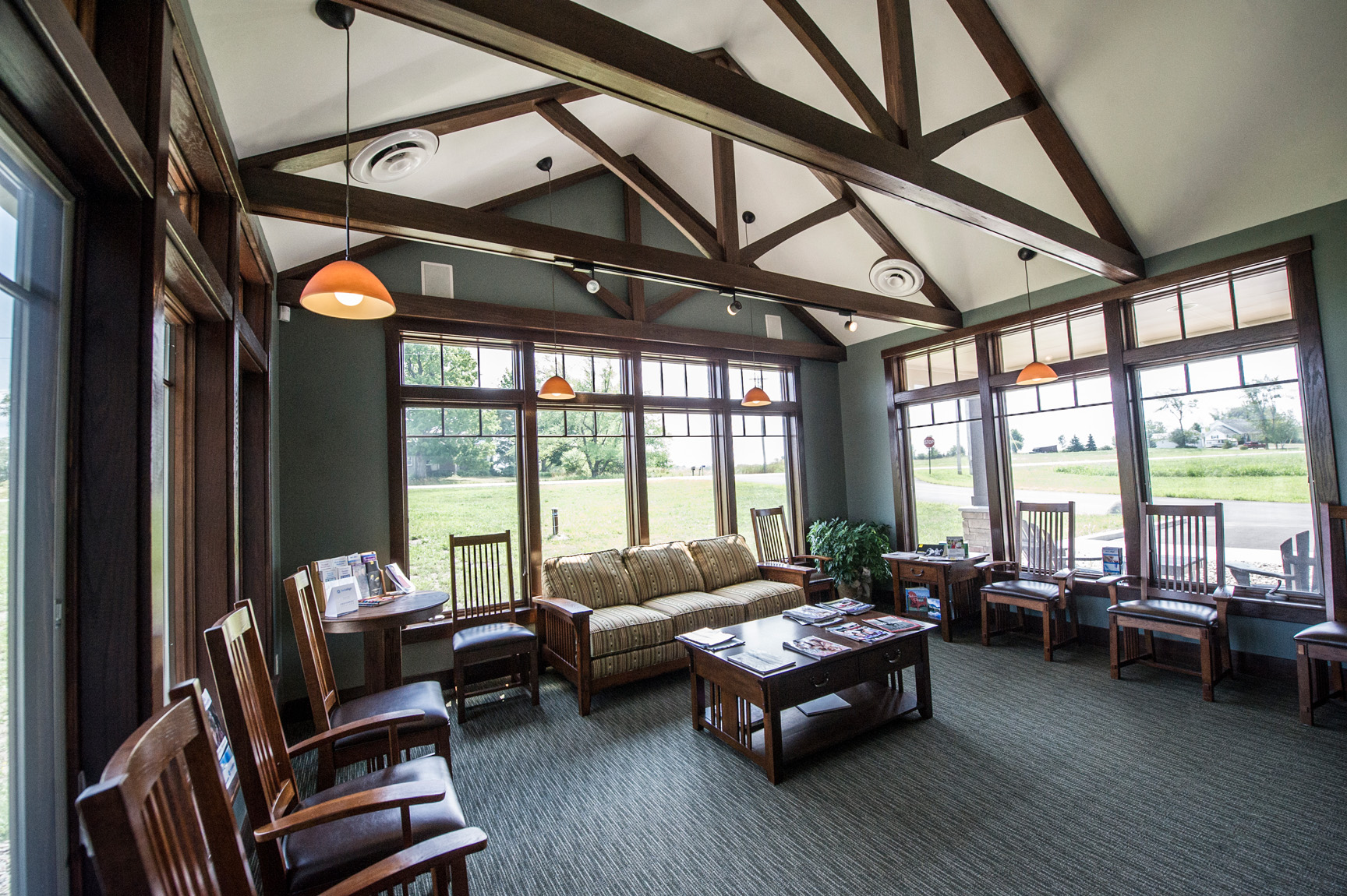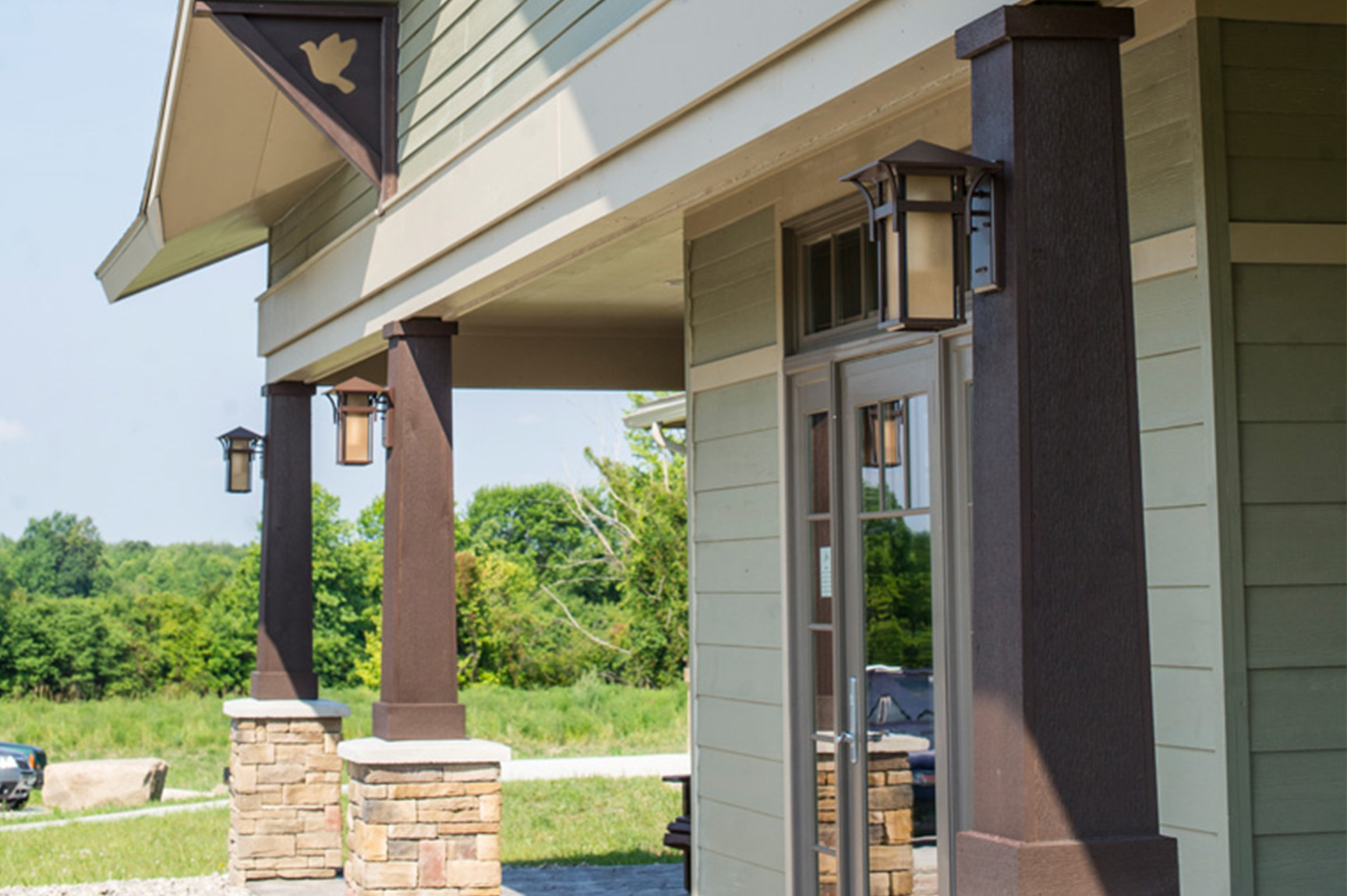Dr. Bryan Francey
Canton, NY
Avoid The Race & Get It Right
Read how Dr. Bryan Francey embraced his inner control freak & created the practice of his dreams.
When your father is a school guidance counselor, you can’t help but ask, “What do I want to do when I grow up?” earlier than the average kid. This was certainly the case for Dr. Bryan Francey, who’d heard about enough confused high school juniors to know he needed a plan. Luckily, his love of working with his hands and fixing things found a common purpose thanks to a great family dentist who encouraged Bryan to consider dentistry. Today, Bryan is that family dentist, operating Smile Associates in Canton, NY.
“I work with a wonderful group of people who help me create beautiful smiles and happy patients,” he shared. “In so many dental offices it can be easy to feel like a number, but here, we want patients to feel like family.” With a focus on warmth and compassion, the entire Smile Associates team is committed to creating a positive experience in the midst of quality dental care, not in spite of it. An essential part of that effort is the new building that is home to the practice. “When people walk in, they see the quality,” Bryan explained, “and the patient can see that we care about what we do before we even say a word.”
The Path to Something Better
Like any dentist, Dr. Francey didn’t start in the practice of his dreams. “For the first four years out of dental school, I was an associate in a practice where the lead doctor had been for many years — an old house converted into a medical office, converted to a dental office,” he recalled. “Keeping the building nice or the equipment up to date wasn’t the priority, as my colleague was phasing out.
One day, when I found myself worried about the rain due to leaks in our ceiling, I admitted that I just couldn’t practice like this anymore. I wasn’t sure about starting in a new building, but my team pushed me. They said: We can do this.” That started the process of getting out and starting over, a long haul that included years of thought about location, layout and equipment, debating over what they wanted versus what they needed.
Some Must Haves
Based on his experience in the previous office, Dr. Francey had several items that were “must-haves” in the new practice:
- In the old building, the equipment was 25 to 30 years old, “ancient” by the team’s standards. With the older equipment, buttons and controls on the equipment were more open and the texture more rough, reflective of an era where infection control wasn’t top of mind.“We’d spray, wipe and cover, but no matter what we did, the equipment looked dirty. I was so embarrassed and couldn’t wait to change,” Dr. Francey said. “A baseline expectation of patients is for equipment to be clean and sterile. That was a major priority for me: New equipment we can keep clean and be proud of.”In addition to the new equipment, Dr. Francey made the sterilization hallway a feature of the new practice. It is, in his words, “just beautiful.”“It says clean and let’s patients know they’ll be safe — all without saying a word,” he boasts. “They see the autoclave and other equipment and they can relax, knowing we have our act together. Patients feeling safe is a big thing for me.”
- The second “must” was quality craftsmanship. Rooted in a negative experience of doors coming off of cabinets and using glue to put things back together after hours, Dr. Francey wanted cabinetry that would last.“I was ready for modern cabinets and smooth, easy-to-clean countertops, but we wanted to make sure the esthetic was inviting and warm,” he said, “something that felt like home instead of an all-white, clinical, hospital look.”Francey said that his Benco rep, Geoff Peters, knew that Pelton & Crane would be able to bring these two elements together. As a consumer, he wanted to make his own educated decision, but Geoff’s instinct proved right, as Dr. Francey kept coming back to Pelton for both look and performance.“The other companies I considered made great products, but it seemed like Pelton quality was higher and the visual appeal was better,” he said. “With pricing being about equal, I also gave a lot of weight to the warranty and the people, and the Pelton reps were all fantastic and supportive. You could tell it was a great company that would support the products.”
Dr. Francey acknowledged that as a dentist, he likes control, and that the design process reflected his methodical, hands-on approach. “I’m sure there were moments where people wished we would move faster, but I believe that the bigger mistakes come when you rush,” he cautioned. “It can be exciting to move into a new space in just 6 months, but I think people need to take their time and go through the whole process so that they don’t miss anything.” Dr. Francey and his team have now been in the new building for four years. He credits is supportive wife, associate Dr. Ann Hazan and his “totally committed” office manager and team to being vitally important in making this transition a success. “There is no way I could have done all of this without them,” he said. “You could write an entire second article about them.”
Unexpected Wins
Beyond the “must-haves” a good office design partner can help dentists embrace their wish list. In Dr. Francey’s case, these additions have transformed not just the look and feel, but the flow of his practice:
- In working with the design team, the practice staff got really excited about incorporating newer technology. They’d already been using digital sensors in the old building, so they knew the value there, but in the new practice upped the ante by bringing in a digital ceph and pan.“The other technology upgrade was with instrumentation. We learned about how KaVo and Pelton fit together and made the decision to incorporate electric handpieces,” Dr. Francey shared. “They are powerful, quiet and make treatment more efficient and comfortable for the patient.”
- It is rare that a dentist acknowledges that something was very expensive and in the next breath, says he wishes they’d done more, but that was the case with the overhead monitor mounts Dr. Francey installed.“We ended up putting in three Pelton monitor mounts, and it was a cost we hadn’t anticipated, but I wish I would have done more. People tried to talk me out of them,” he admits with a laugh, “but even this afternoon I had a patient sitting in the chair, getting a massage, with wireless headphones on watching ESPN while I worked. It was a dream come true. Patients love it.”
- The lab at Smile Associates is similar to a lot of labs in dental offices — simple — but with a slightly bigger footprint. The team wasn’t sure how it would work and like many dental offices, were initially reluctant to add more space because of the cost, but this one — oversized with plenty of counterspace — has proven invaluable.“I don’t regret it at all,” Dr. Francey said. “There is a KaVo lab desk that, initially, seemed expensive for what it was (a desk with a vacuum in it), but it is easily one of the best purchases we made. In our old building, you’d be grinding on a denture or retainer and all those little pieces are flying all over you and floor. With this built-in vacuum system, that problem is eliminated. I was skeptical, but our team is using it for an hour or two everyday — assistants siting there, making retainers or adjusting dentures. It has been awesome.”
To The Dentist On The Fence…
In considering colleagues who are either starting the process of building a new practice, or still wondering if it is the right step for them, Dr. Francey offers this advice: “Take the time to go through other new dental offices. It is so easy to say, ‘I’m going to do it my way,’ and then look at some magazines, but there is no substitute for a walk through. I went through maybe four or five practices, and I would have gone through five more. Not only will you get great ideas, but you’ll learn a lot about what to and not to do. You should listen to the other doctors’ trials and tribulations because that’s where you’ll get past design and into the details like heating and cooling systems, sound reflections, or building orientation. Layout of equipment in rooms is important, but you can’t be so focused on that that you let these details fall through the cracks. Reach out to five to 10 other dentists and ask them: What would you do differently?”
“Take the time to go through other new dental offices. It is so easy to say, ‘I’m going to do it my way,’ and then look at some magazines, but there is no substitute for a walk through. I went through maybe four or five practices, and I would have gone through five more. Not only will you get great ideas, but you’ll learn a lot about what to and not to do. You should listen to the other doctors’ trials and tribulations because that’s where you’ll get past design and into the details like heating and cooling systems, sound reflections, or building orientation. Layout of equipment in rooms is important, but you can’t be so focused on that that you let these details fall through the cracks. Reach out to five to 10 other dentists and ask them: What would you do differently?”
